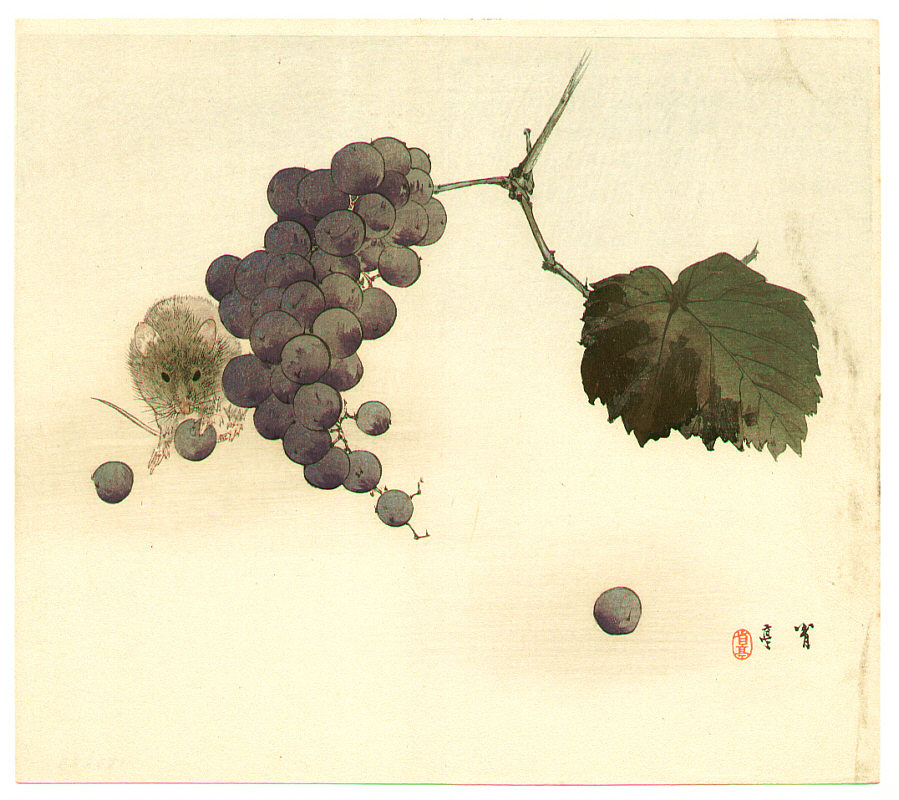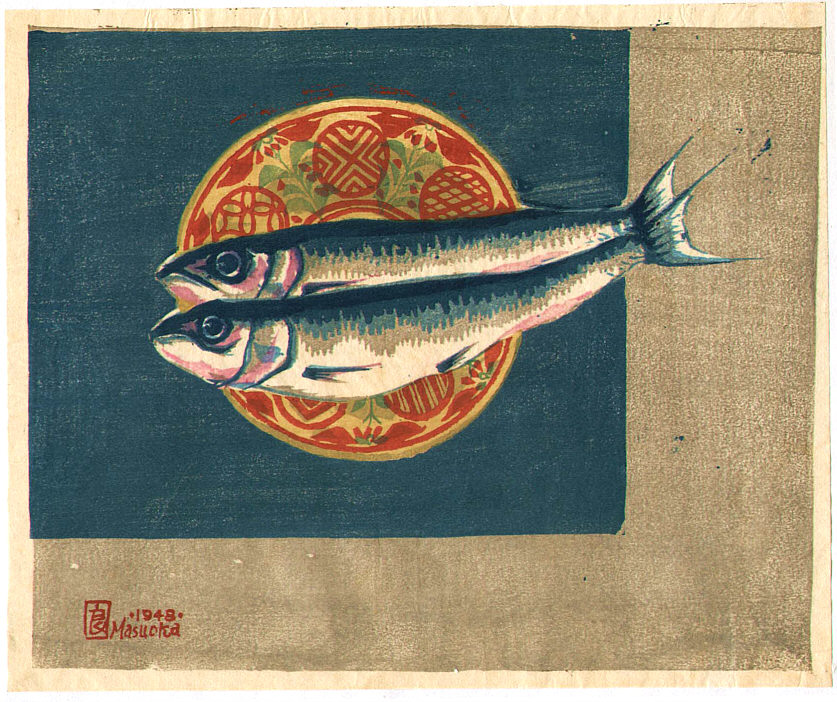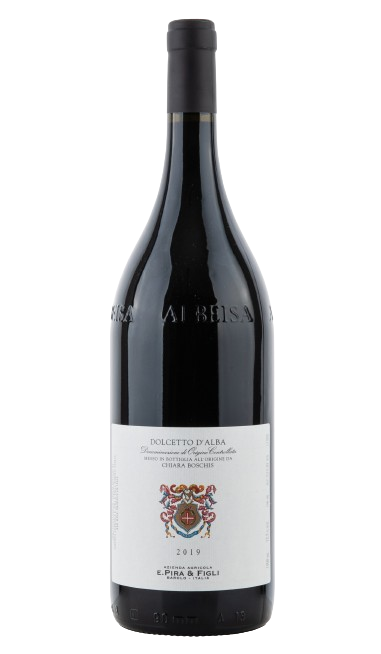Italy is a country of poets and we love our little jokes. The word Dolcetto means in Italian the little sweetie. So far so good. The problem is that the wine is dry and not sweet at all.
There is Two theories on the etymology of the name: «Dolcetto» may derive from duzet or duset the Piedmontese dialect name for the rolling hills on which the vines grow.

According to this theory, the first document about Dolcetto dates back to 1593 in Dogliani (Piedmont), where a crop of Dozzetti is reported. This document would also attest to the grape's origin in Piedmont, from where it spread to Liguria (under the name Ormeasco) and on to Oltrepò Pavese in Lombardy.
The second theory sees the reason for the name in the contrast with the other varieties of the region.
Imagine you are in Piedmont and you are tasting some wines. You have just had a generous sip of Barbera with its vibrant acidity, when now you have a Dolcetto on your tongue. Doesn't it taste much smoother?
The term Dolcetto thus means as much as friendly or soft and does not refer to the residual sugar of the wine.
Dolcetto also played a role in the spread of one of the most famous Piedmontese dishes: the Bagna Càuda. The wine was the means of exchange with nearby Liguria to get the sardines, which are the main ingredient of the dish.
Yes, Barolo is on everyone's lips, but when you need someone to go to the seaside and put food on the table, you ask the gentle, friendly Dolcetto.

Focus: Dolcetto d'Alba
It would take too long to analyse all the guises this grape variety can take in the different terroirs, but let's just approach the two wineries I tasted from our range. A small example of how even the same grape from the same vintage and the same appellation of origin can have a very different character.
Dolcetto d'Alba DOC is a denominazione of the Langhe, located on the hills around Alba and comprising 25 communes in the province of Cuneo and one (Coazzolo) in the province of Asti. Some vineyards also overlap with those of Barolo and Barbaresco. The soils are sandy, calcareous and tufaceous, making this DOC area one of the highest quality for this grape variety.
Dolcetto d'Alba wines share with other Dolcetto wines a juicy fruit character, low acidity, mild tannins and a slightly bitter almond taste. A special feature of this area are some floral aromas.

CHIARA BOSCHIS
Dolcetto d'Alba 2020 (Magnum)
The Dolcetto d'Alba from Chiara Boschis, whose grapes come from three different sites in Monforte d'Alba (Ravera di Monforte, Le Coste and Mosconi), is a great representative of the terroir: the very first bouquet is characterised by notes of geranium, poppies and hay, followed by white pepper, blackcurrants and leaf spinach.
The palate is really juicy with notes of blackcurrants and blackberries, with a calm acidity that leaves a spicy feeling on the tongue and plays with silky tannins. The finish is round and bitter, as it should be.
It's a perfect everyday companion and goes well with traditional stuffed pasta, salumi and roast chicken. But honestly, I would prefer to drink it at the last round of cards after dinner.

SOTTIMANO
Bric del Salto 2020 Dolcetto d'Alba DOC
"Bric del Salto" was the name of the first Dolcetto vineyard bought by Sottimano in 1970, but today the wine is a blend of 3 old vineyards in the Neive area: Cottà, Basarin and San Cristoforo. Fermentation and maceration on the skins for 20-25 days, unfiltered.
The nose is very elegant with notes of raspberries, violets, juniper, mint and a reminiscence of dry rocks on a mountain path. In the mouth, this mineral freshness is confirmed with a subtle but lively acidity that harmonises perfectly with fresh tannins. Again, notes of raspberries, red currants, pomegranate, mountain herbs and a bitter finish of fresh almonds.
Incredibly drinkable and refreshing, it reveals from the first sip the reasons that have made Dolcetto one of the most drunk wines in everyday Piedmont. This is the bottle I want to uncork after a long hike to enjoy the view of the mountains.
Dolcetto 1×1
It is not easy to define Dolcetto, because it is incredibly versatile.
There are 12 different denominazioni, creating a wide range of identities, from fresh and easy drinking to deep and austere.
To get an overview, we can say that Dolcetto is an intense, fruity everyday wine with low alcohol and acidity. We find aromas of plums, blackberries, liquorice and a very pronounced finish with bitter almond notes. It does not have a long ageing potential and is generally drunk young. There are exceptions - as there always are in the wine world.
It grows on hills between 250 and 600m a.s.l., but also at 700m a.s.l., preferably on soils of calcareous marl. Dolcetto ripens relatively early, so that it is also suitable for cold areas or northern locations.
It is one of the most widespread grape varieties in Piedmont, but is also grown in Liguria, Lombardy and even Australia.
Written by Jonathan Gobbi
